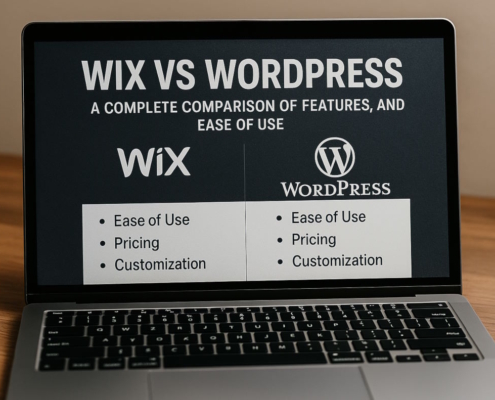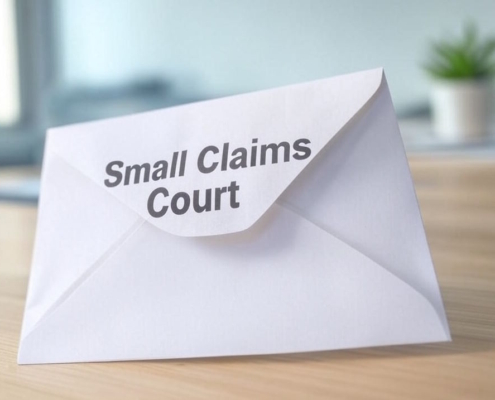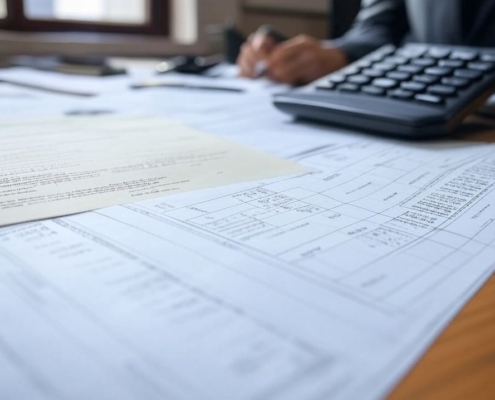Triple Net Leases (NNNs): What Are They?
A triple net lease, also known as a triple-net or NNN lease, is a lease arrangement on a property in which the tenant makes a commitment to pay any costs, including upkeep, property taxes, and building insurance. These costs are on top of what you would pay for rent and utilities. NNNs are a subset of net leases used for commercial real estate. Rent and property taxes are the two main expenses for renters in a single net lease, but tenants in a double net lease usually also have to pay for property insurance.
A net lease is a type of commercial real estate agreement where the lessee agrees to pay some or all of the taxes, fees, and upkeep expenses. As part of a triple net lease, the renter is liable for paying the taxes on the property, the insurance on the building, and the expense of repairs and maintenance for the duration of the lease.
Compared to regular leases, triple net leases often have cheaper monthly payments. The anticipated return on investment for a business property is known as the capitalization rate, or “cap rate.” Tenant credit history is a factor in determining the cap rate, which in turn affects the total lease payment.
Triple Net Lease Benefits
Tenants often have greater leeway to make changes and personalize space with triple net leases than they would with the large financial commitment of buying the property completely. Because of the increased financial burden, tenants may be able to bargain for reduced rent. Tenant can end up with some tax breaks after adding property taxes to borrower’s costs. Additionally, NNN leases often have limits put on certain values to prevent tax and insurance premium hikes.
Triple net leases provide landlords with a steady stream of income with no risk and minimal operating expenses. A triple net lease typically attracts long-term tenants who are planning to make significant investments in their property. In addition to relieving landlords of some of their duties, the NNN structure shifts nearly all of the onus for day-to-day property management onto tenants in triple net lease circumstances.
Drawbacks of Triple Net Leases
Although triple net leases are common in commercial real estate, they can have certain negative aspects. The increased monthly expenses compared to double or single net lease types are the primary issue for tenants. Also, renters are now financially liable for any fines or penalties associated with taxes as they are the ones who are legally accountable for paying them.
Triple net leases cut expenses for landlords, but they run the danger of cutting into their profits in the long run. A typical provision in triple net lease agreements is an earnings cap, which limits the ability of the landlord to raise rent rates over a certain threshold. If the value of the property goes up, this can mean less money coming in in the future.
Default is still possible with even the most thoroughly screened triple-net renters, and investors already have a hard enough time making ends meet without having to pay for rent during vacancies. Landlords also retain responsibility for the property’s roofing and structure, which can lead to expensive repairs if needed.
Triple Net Lease Investments
Investors looking for a reliable source of income with minimal risk often choose triple net leased properties. An example of a triple net lease investment would be a group of three or more prime commercial buildings that are all completely leased to the same tenant and have a steady stream of income coming in.
Financial institutions, pharmacies, and restaurant franchises may own and operate out of standalone buildings, as well as office complexes, retail centers, and industrial parks. Depending on the market, a lease could be for 10–15 years with rent increases in the middle.
The upside for investors is the potential for the underlying property’s value to rise over time, in addition to a steady stream of income. Without management worries like vacancies, renovation charges, or lease fees, investors may put their money into high-quality real estate. Through a 1031 tax-deferred exchange, investors can reinvest the proceeds from the sale of the underlying properties into another triple-net-lease transaction, allowing them to delay paying taxes on the original investment.
What Are a Single Net Lease and a Double Net Lease?
Single Net (N) leases are the safest option for tenants. The tenant is responsible for paying only the property taxes. Commercial real estate often also makes use of Double Net (NN) leases. Instead of paying rent, insurance, and property taxes, the renter just has to pay two.
Are Triple Net Leases Negotiable by Tenants?
Almost all responsibility is on the tenant in a triple-net lease. All taxes, insurance, running expenses, utilities, and other overhead costs incurred by the property owner are the responsibility of the renter, in addition to the rent. This means that the base rental cost might end up being a major piece of the bargain. Renters who assume some of the financial burden of their landlords’ operations may find that they may negotiate a more reasonable base rate.
Are Net Lease Obligations Something That Individual Tenants Should Be Concerned About?
Commercial real estate, rather than residential properties, is the most typical user of net leases. It is common practice to urge residential renters to get renter’s insurance and to have them pay for some or all of their utilities. On the other hand, real estate taxes, insurance against damage, and liability would normally be covered by a residential landlord.
How Does One Figure Out the Total Cost of a Triple Net Lease?
Multiple methods exist for determining the total value of a triple net lease. Landlords will sometimes split the sum of a building’s common area expenditures, insurance, maintenance, and property taxes by 12. This figure represents the expense for each month. When there is just one tenant leasing a facility, this procedure becomes much easier. A standard method for determining the monthly base rental cost is the rate per square footage.
In commercial real estate, what are the typical terms of a triple net lease?
Together with the rent, the renter is also liable for the property tax, insurance, and CAM costs under a triple net lease. With a predetermined rent that will increase over time, lease lengths might range anywhere from ten to fifteen years. The renter often splits a single check or transaction into two parts when paying a triple net lease. Base rent and NNN are the two main components of the payment.
When it comes to commercial real estate, how does one go about negotiating a triple net lease?
Think about the pros and downsides of the lease structure while negotiating a commercial real estate triple net lease. Renters should be liable for insurance, property taxes, and CAM costs because it relieves landlords of some financial strain and shifts the risk of loss from the landlord to the renters. But renters need to know that they’ll have to pay for any tax-related issues, including penalties and fines. Landlords should also be mindful that income limitations exist, which can cause them to lose out on potential gains from appreciation in property prices.
Consider the tenant’s financial standing, the planned growing rent, and the length of the lease term while negotiating a triple net lease. Tenants should think about the possibility of higher monthly payments, and landlords should think about who would pay for repairs to the roofing and the property’s structure.
When negotiating the conditions of a triple net lease, it is critical to weigh the pros and downsides of the arrangement.
In Conclusion
Both landlords and tenants may benefit from a triple-net lease. Landlords have the advantage of collecting money from a steady source and may focus on their own company, while renters have the potential to get a cheaper monthly rent payment while still having control over the property.































